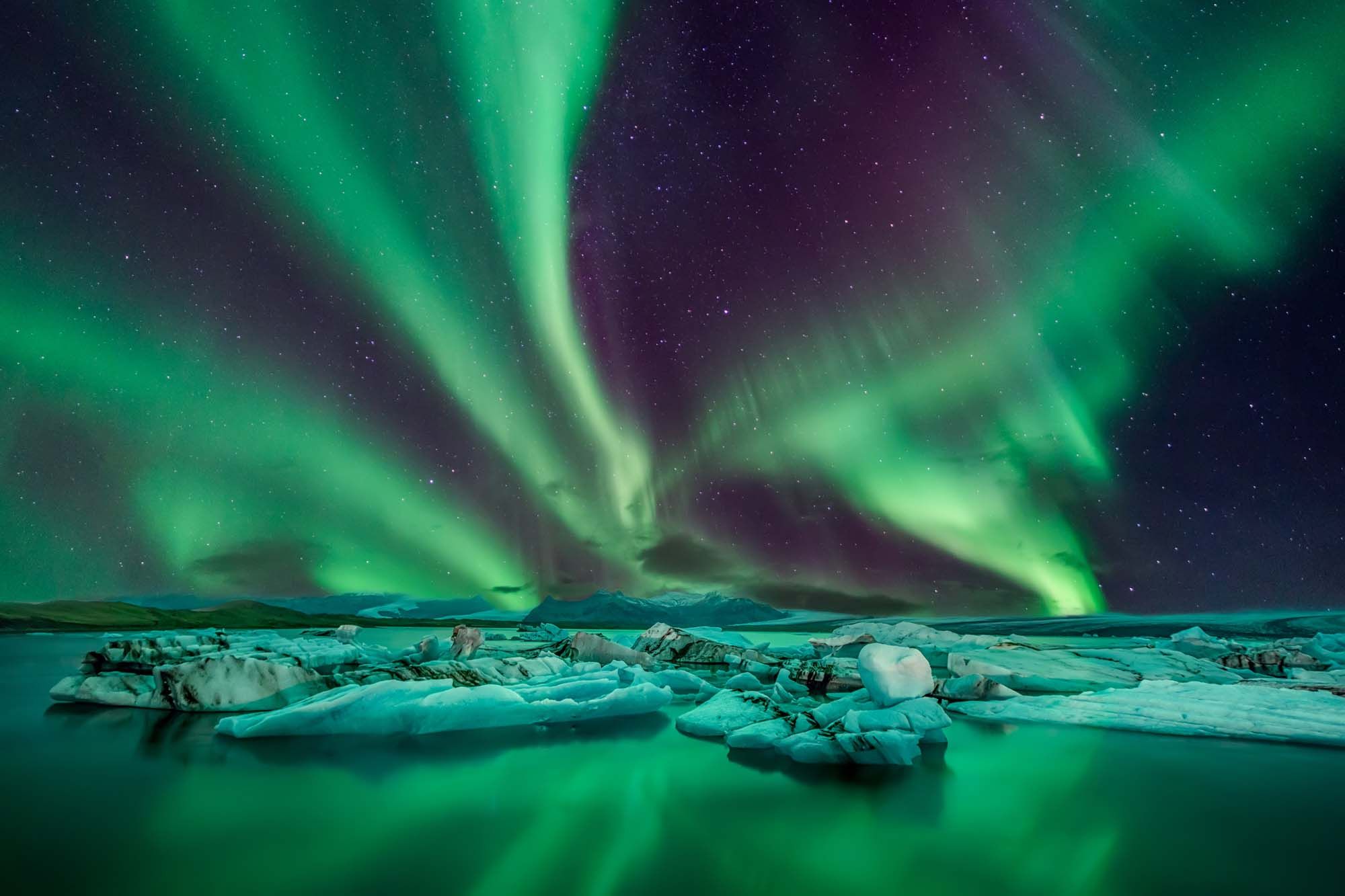Staying safe and healthy in Iceland
While Iceland is an eminently safe and family-friendly country, a few factors — such as its harsh winter weather, unpredictable landscapes, and the remoteness of some locations — mean you should take a few extra precautions when thinking about how to plan a trip to Iceland with little ones.
What to wear in relation to the weather
First up, a note on the weather and what to wear. Even in the spring, summer and fall months, the weather can be on the unpredictable side, and can change fast.
So, be sure to bring waterproof jackets and pants, hats and sturdy boots whenever you visit.
In the winter months, you’ll also need thermal base layers. In summer, you should bring plenty of sunscreen.
Staying safe in nature
When exploring Iceland’s epic outdoors, it’s essential to follow some safety rules, especially when you have kids in tow.
Note that some hot springs and geysers, such as Strokkur, have boiling water, so you need to keep your kids at a safe distance.
When exploring waterfalls and cliff paths, be aware that the likes of Gullfoss and Reynisfjara are often slippery — make sure you hold hands, and stay on marked paths.
The same goes for ice and snow-shrouded winter landscapes, when crampons should be used if you go hiking with your older kids.
Finally, note that lots of Iceland’s beautiful black sand beaches have sneaker waves — never turn your back on the water.
Driving safely
It’s best to rent a 4WD vehicle if you’re planning to travel to more rural areas, and always, always use (legally required) child car seats.
Always check road conditions (www.road.is) before driving, especially in winter, and keep an eye on weather changes. Fog, winds, and snowstorms can appear out of the blue.
Prepare for visiting remote regions
We suggest downloading offline maps in advance of any road trips, and it goes without saying that you’ll want to pack plenty of snacks and drinks for longer drives, when villages and towns might be few and far between.
Be health-wise
While Iceland has an excellent healthcare system, note that clinics can be far apart, and you should bring medicines with you, and on any road trips.










